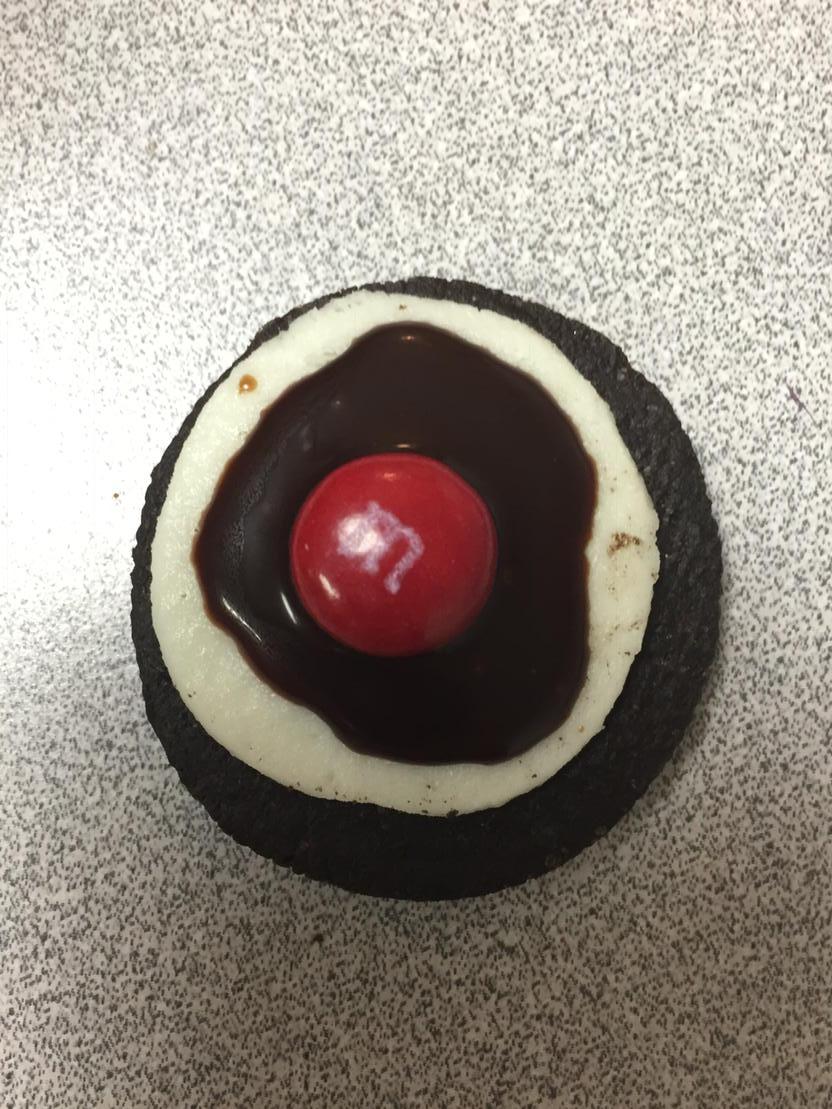Hello! Welcome to 6.3 Earth Science! I am so excited to be in partnership with you, the parents of my students, as we educate our children about the wonders of the Earth! We will begin with Introducing the Earth. Then, we will move on to learning about Minerals and Rocks, Plate Tectonics, Earthquakes, Volcanoes, Weathering and Soil, Erosion and Deposition, Geologic Time, Energy Resources, Water, The Atmosphere, Weather, Climate and Climate Change, The Earth, Moon, and Sun, The Solar System, Stars, Galaxies, and the Universe, and finally, Land, Air, and Water Resources. Wow! By the time we complete our school year, we should be experts when it comes to Earth Science! :)
Your children have a consumable textbook this year. It is called
Earth Science, Interactive Science,
by Pearson Education, Inc. We expect your children to write in the textbook. This will make it so much easier when it comes to highlighting important excerpts and jotting down notes.
Feel free to contact me whenever you have a question or concern. You may e-mail me or call me on my cell phone. This information will be provided when we meet on 'Back to School' night! See you then! Mrs. Stafford



























